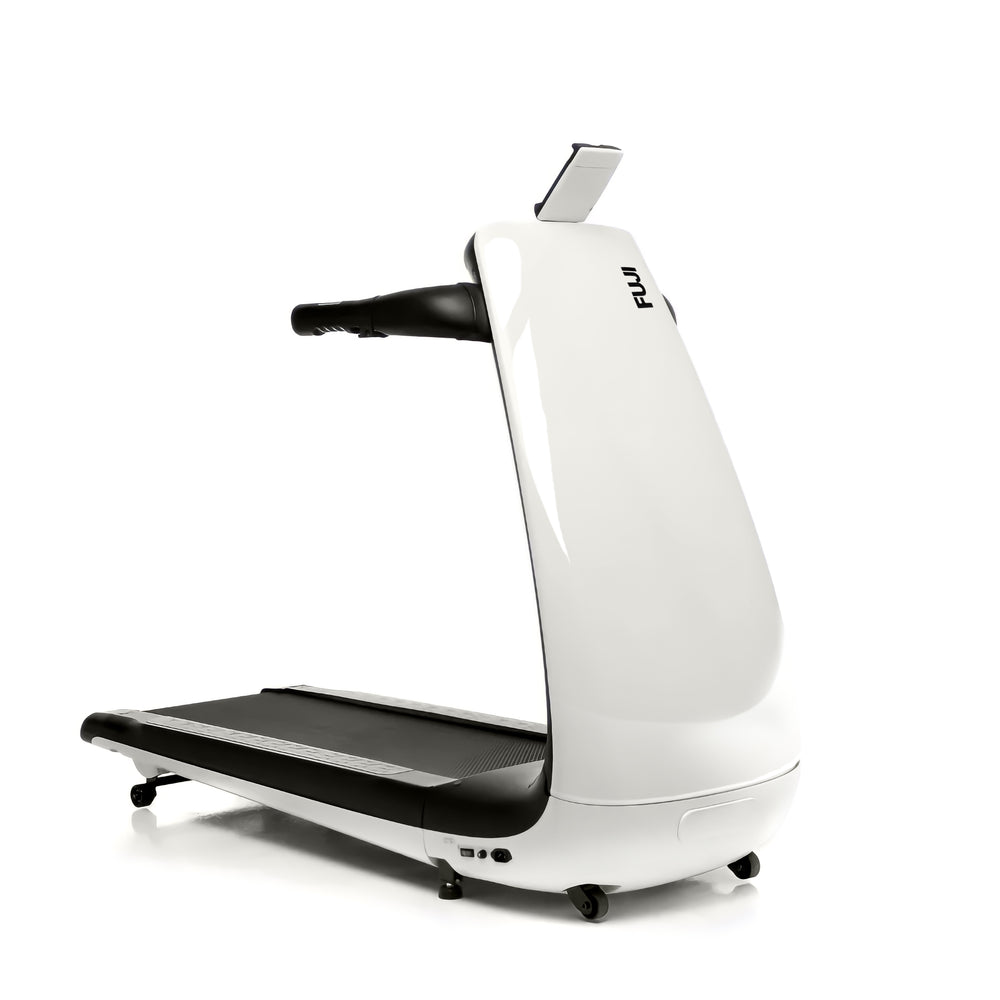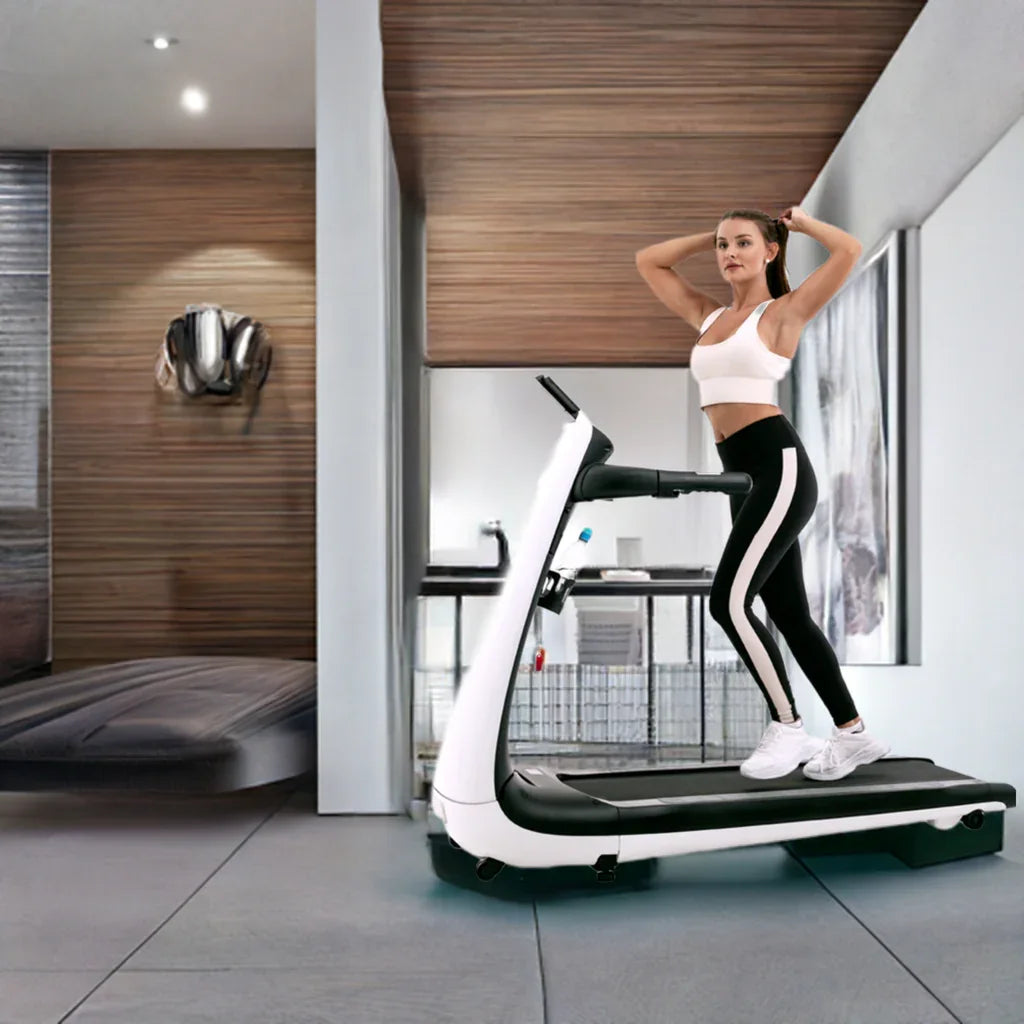Practical Guide | Daily Walking Routine at Home
A Simple, Effective Daily Walking Routine for Real UK Homes
Walking is familiar, calm, and easy to fit into everyday life. This guide keeps things straightforward: how many steps to aim for, what “brisk” means in practical terms, and how to place short walks neatly into your day. You’ll also find links to compact treadmill options for small spaces and senior-friendly picks, plus a short FAQ and references for further reading.

Why a Daily Walking Routine Works Logistically
A short walk fits almost anywhere in a typical British home: spare room, study, conservatory, or a landing with enough clearance. Many people prefer compact, folding equipment so the space stays versatile. If you’re choosing a small treadmill for home routines, start with these collections: Small Treadmills and Treadmills for the Elderly.
The goal is consistency, not spectacle. Short, repeatable sessions tend to become habits when the setup is close at hand and simple to use.
How Many Steps Should You Aim For Each Day?
A common popular guideline is 10,000 steps per day (roughly 5 miles), but it’s not a rule. Start from your current baseline and increase gradually at a pace that feels realistic. Many people prefer setting ranges, such as “6,000–8,000 on busy days” and “8,000–10,000 on open days,” then reviewing weekly.
- Entry point: Choose a target you can hit most days.
- Progression: Add 500–1,000 steps per day each week, as it suits your schedule.
- Flexibility: Use time-based sessions (e.g., 15–25 minutes) on days when counting steps isn’t convenient.
If you enjoy structure, see these walk-friendly routines: Best Treadmill Exercises for Older Adults and Best Treadmill Workouts Tailored for Older Adults.
What Is a Practical “Brisk” Walking Pace?
Brisk walking is often described as a pace where conversation is comfortable but singing feels effortful. For many adults, that sits around 3–4 mph (4.8–6.4 km/h), though true briskness depends on stride length and familiarity. On a home treadmill, it’s sensible to find your own “brisk” by starting easy and nudging speed in small steps.
Calm 20-Minute Template
5 min easy → 10 min brisk → 5 min easy.
Gentle Step-Up Week
Mon/Wed/Fri: 5 easy → 12 brisk → 3 easy. Tue/Thu: 15–18 min easy with a light slope.
Two Short Sessions
Morning 10–12 min easy; Evening 10–12 min easy-brisk. Useful when the day is crowded.

How to Integrate Walking into a Real Day
- Anchor to existing moments: after the kettle, before the news, or during a favourite radio show.
- Use short windows: 10–15 minutes counts. Two shorts often beat one long session for busy schedules.
- Keep setup friction low: compact, folding equipment in the room where you’ll actually walk helps routines happen.
- Vary lightly: add small speed or slope changes across the week for interest.
- Track in a simple way: steps, minutes, or number of sessions — whichever you’ll maintain.
Looking for compact frames that suit smaller rooms? Explore Small Treadmills and Treadmills for the Elderly.
Placing Equipment in a Small UK Home
In compact spaces, location is everything. Choose a spot you pass daily (study, spare room corner, bright conservatory). Keep the route from socket to start button clear. Folding frames with transport wheels make it easy to reposition and stow. If you prefer to browse by mechanism, see Small Treadmills (smallest footprints) and Treadmills for the Elderly (curated for straightforward daily use).

Further Reading on Walking Routines
- Best Treadmill Exercises for Older Adults — easy sequences for steady, repeatable sessions.
- Best Treadmill Workouts Tailored for Older Adults — practical weekly templates.
These articles keep the focus on approachable walking that fits into ordinary days.
FAQ
Is 10,000 steps required?
What’s a sensible brisk pace at home?
How long should a daily session be?
Where should I place a treadmill in a small home?
What kind of console and controls are easiest to live with?
Ready for a Calm Daily Routine?
Explore compact options chosen for real homes and straightforward use.
No pressure, no rush — just options that fit your space.
















